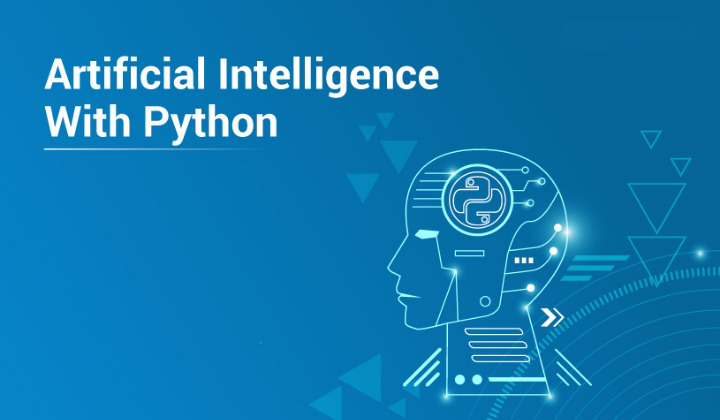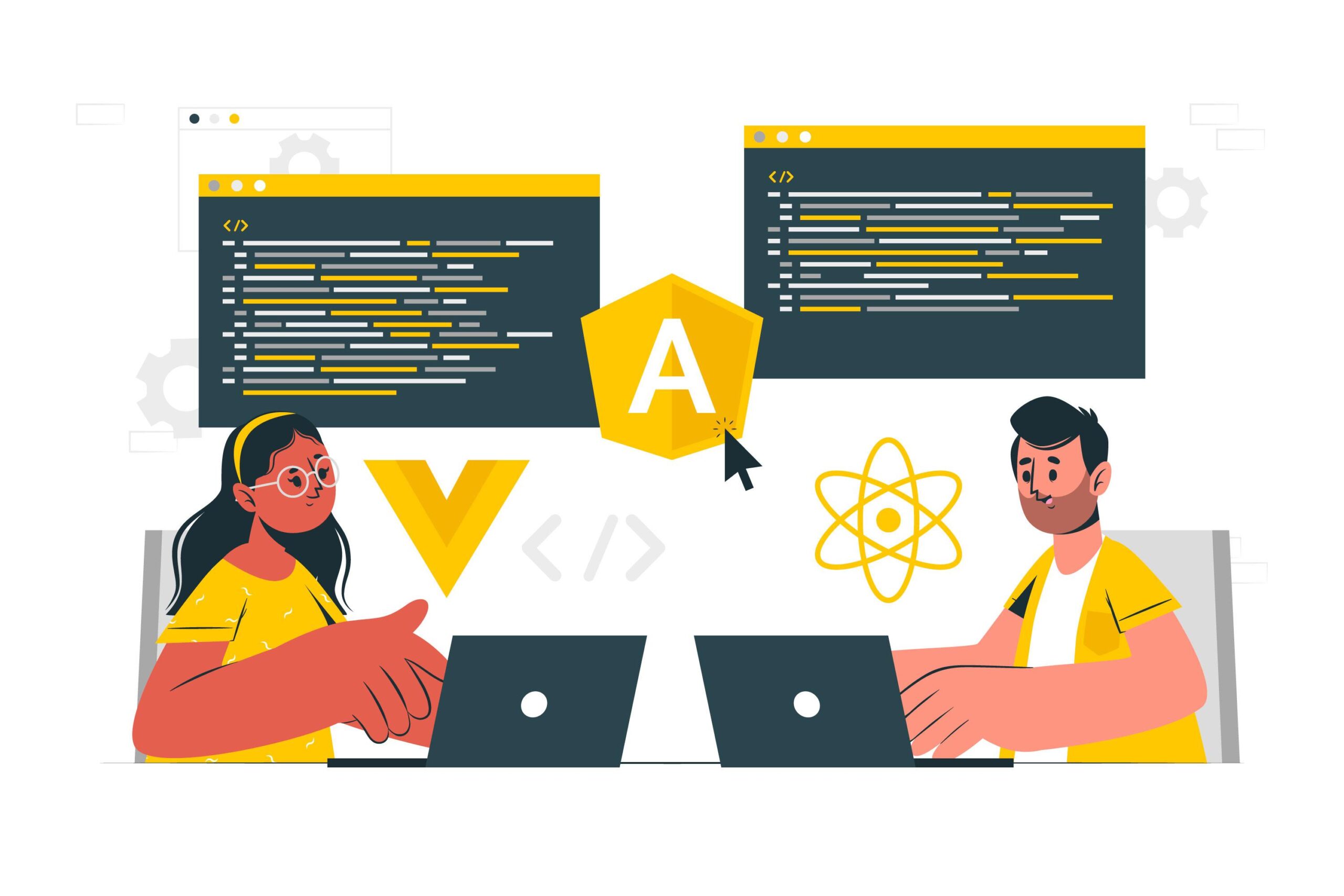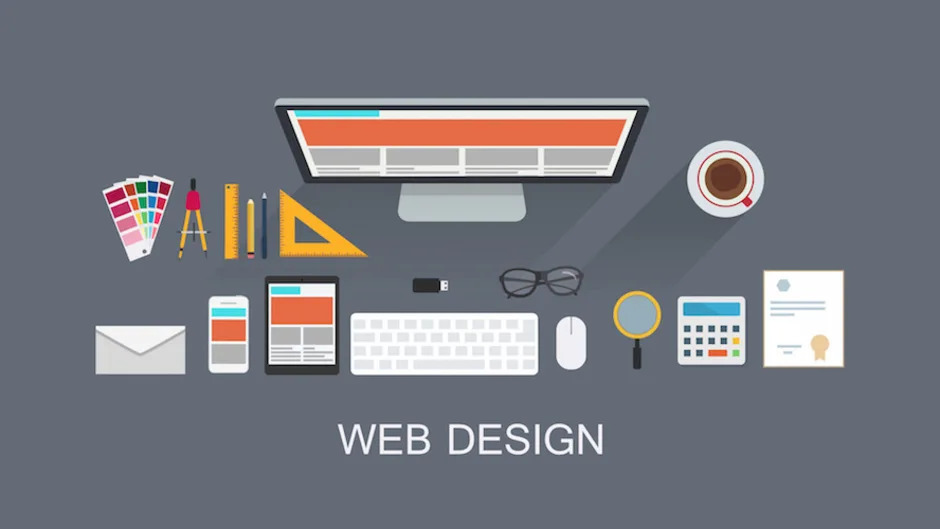Choosing the best HRM software for your company is a big decision. It can have a big impact on how productive and successful your business is. There are so many options available that it can be confusing to know where to begin. But don’t worry, we’ll help you find the perfect software for your needs.
In this ultimate guide, we will walk you through the process of selecting the ideal HRM software for your business. Whether you are a small start-up or a large enterprise, we will provide you with the information and insights you need to make an informed decision.
Benefits of Using HRM Software
Implementing HRM software comes with a wide range of benefits for businesses of all sizes. One of the primary advantages is streamlining HR processes and improving overall efficiency. By automating tasks such as employee onboarding, leave management, and performance reviews, HRM software frees up valuable time for HR professionals to focus on strategic initiatives.
Another significant benefit is the improved accuracy and reliability of HR data. With manual processes, there is a higher risk of errors in data entry and calculations. HRM software eliminates these errors by automating data management and ensuring data consistency across the organization.
Additionally, HRM software enables better decision-making through comprehensive data analytics and reporting. By having access to real-time data on employee performance, turnover rates, and training needs, HR professionals can make data-driven decisions that drive organizational growth and success.
Overall, using HRM software provides businesses with a competitive advantage by optimizing HR processes, improving data accuracy & enabling strategic decision-making. If you want to build fully advanced and featured HRM Software, contact Premad Software Solutions who build the best HRM Software in India.
Types of HRM Software Available
When it comes to HRM software, there are several types to choose from, each catering to different business needs. The three main types of HRM software are:
Core HRM software: This type of software focuses on essential HR functions such as employee information management, payroll processing, and benefits administration. Core HRM software is suitable for businesses looking for a basic HR solution without advanced features.
Talent management software: Talent management software goes beyond core HR functions and includes features such as recruitment, performance management, and learning and development. This type of software is ideal for businesses that want to optimize their talent acquisition and development processes.
Integrated HRM suites: Integrated HRM suites offer a complete range of HR functionalities, including core HR, talent management, and additional modules such as time and attendance tracking, employee self-service portals, and analytics. These suites are suitable for businesses that require a comprehensive HRM solution to manage all aspects of HR operations.
Understanding the different types of HRM software will help you determine which one aligns with your business requirements and goals.
Also Read :- Revolutionizing HR Industries: Exploring Modern HRM Software Solution
Factors to Consider When Choosing HRM Software
Choosing the right HRM software requires careful consideration of several factors. By evaluating these factors, you can ensure that the software you select meets your organization’s unique needs. Here are given some of the best key factors to consider:-
Scalability: Assessing the scalability of the HRM software is important, especially if you anticipate business growth or expansion in the future. The software should be able to accommodate increased employee numbers and handle additional functionalities without compromising performance.
User-friendliness: The software should be simple and easy to use. HR professionals and employees should be able to use it without a lot of training. A complicated interface can make it hard for people to use the software and slow things down.
Customization: Look for HRM software that offers customization options to tailor the system to your specific needs and requirements. This includes the ability to configure workflows, add custom fields, and adapt the software to match your organization’s unique processes.
Data security: Ensure that the HRM software provides robust data security measures to protect sensitive employee information. Look for these important features, Role-based access control, Data encryption, Regular security checks.
Vendor reputation and support: Look into the vendor’s reputation and track record. Find out if they are known for reliable support & regular updates. A vendor with good customer service will make sure the implementation goes smoothly and that you get help when you need it.
By considering these factors, you can narrow down your options and choose HRM software that aligns with your organization’s needs and goals.
Assessing Your Business Needs
Before diving into the HRM software selection process, it’s important to assess your organization’s specific HR needs. This involves a thorough evaluation of your existing HR processes, pain points, and goals. Here are given some of the best steps to help you assess your business needs:-
Identify pain points: Examine your current HR processes and identify any pain points or inefficiencies. This could include manual data entry, time-consuming administrative tasks, or difficulty in tracking employee performance.
Outline goals: Determine the goals you want to achieve by implementing HRM software. This could be streamlining HR processes, improving data accuracy, enhancing employee engagement, or enabling better decision-making through data analytics.
Involve stakeholders: Gather input from HR professionals, managers, and employees to understand their specific needs and pain points. This will ensure that the selected HRM software addresses all relevant concerns and requirements.
Prioritize features: Based on your pain points and goals, prioritize the features you need in an HRM software solution. This will help you evaluate potential options and focus on software that offers the functionalities that are most critical for your organization.
By conducting a thorough assessment of your business needs, you will have a clear understanding of the requirements your HRM software should fulfill.
Researching and Comparing HRM Software Options
Once you have assessed your business needs, it’s time to research and compare different HRM software options. Here are given some of the best steps to guide you through this process:-
Conduct online research: Utilize online resources such as software review websites, industry forums, and social media groups to gather information about various types of HRM software solutions. Read user-reviews and ratings to get insights into the pros and cons of each software.
Request demos and trials: Contact HRM software vendors and request product demos and trials. This will allow you to experience the software firsthand and assess its usability, features, and overall fit for your organization.
Evaluate vendor credibility: Research the credibility and reputation of the software vendors you are considering. Look for factors such as years of experience, customer testimonials, and industry recognition to ensure you are partnering with a reliable and trustworthy vendor.
Compare features and pricing: Create a table to compare the different HRM software options. Include information like main features, how well they work with other systems, how easy they are to use, what reports they can make, and how much they cost.
Seek feedback: Ask other companies or people in your industry about the HRM software solutions you’re thinking about. Their experiences and advice can help you make a decision.
By thoroughly researching and comparing HRM software options, you can narrow down your choices and select the software that best meets your organization’s requirements.
Key Features to Look for in HRM Software
When evaluating HRM software options, it’s essential to consider the key features that will address your organization’s specific needs. While the required features may vary depending on your business requirements, here are given some of the top essential features to look for in HRM software:-
Employee self-service: A self-service portal allows employees to access and update their personal information, view pay stubs, request time off, and access company policies. This feature reduces administrative burden and empowers employees to manage their HR-related tasks independently.
Leave and attendance management: An efficient leave and attendance management module enables employees to request time off, track their leave balances, and allows HR professionals to manage and approve leave requests seamlessly.
Performance management: Look for a performance management module that enables goal setting, performance tracking, and regular feedback. This feature helps align employee performance with organizational objectives and facilitates employee growth and development.
Recruitment and onboarding: A robust recruitment and onboarding module streamlines the hiring process, from job posting to candidate selection and onboarding. Look for features such as resume parsing, applicant tracking, and integration with job boards.
Analytics and reporting: Comprehensive analytics and reporting capabilities provide valuable insights into employee data, performance metrics, and HR trends. Look for software that offers customizable reports and real-time dashboards to make data-driven decisions.
Remember to prioritize the features that align with your organization’s needs and goals when evaluating HRM software options.
Integration with Existing Systems
When choosing HRM software, it’s crucial to consider its compatibility and integration capabilities with your existing systems. Integration removes the need for human data entry and guarantees smooth data transfer. Consider the following integration points:
Payroll integration: Look for HRM software that integrates with your payroll system to streamline payroll processing and ensure accurate and timely salary calculations.
Time and attendance integration: If you have an existing time and attendance system, consider HRM software that can integrate with it. This integration will eliminate duplicate data entry and ensure accurate tracking of employee hours.
Benefits administration integration: If you offer employee benefits such as health insurance or retirement plans, choose HRM software that can integrate with your benefits administration system. This integration will streamline enrollment and administration processes.
ERP integration: If your company uses an ERP system, think about getting HRM software that works with it. This will let data move easily between HR and other departments, making sure that all the information is the same throughout the company.
By selecting HRM software that integrates with your existing systems, you can avoid data duplication and enhance overall operational efficiency.
Pricing and Support Options
Pricing is important when choosing HRM software. It’s not the only thing to think about, but it’s important to compare the prices and support options from different companies. Here are some things to think about:-
Subscription-based pricing: Many HRM software vendors offer subscription-based pricing models, where you pay a monthly or annual fee per user. Consider the scalability of the pricing model and ensure it aligns with your organization’s budget and growth plans.
Additional costs: Inquire about any additional costs associated with the software, such as implementation fees, data migration charges, or customization fees. When assessing the entire cost of ownership, take these expenses into account.
Support and training: Evaluate the support and training options provided by the vendor. Look for vendors that offer comprehensive onboarding, training resources, and responsive customer support to ensure a successful implementation and ongoing assistance.
Contract terms: Pay attention to the contract terms and renewal policies. Understand the vendor’s cancellation policy, contract duration, and any penalties associated with early termination.
By considering pricing and support options, you can select an HRM software solution that fits your budget and ensures a smooth implementation and ongoing support.
Conclusion
Selecting the appropriate HRM software is an important choice that can have a big impact on the productivity and efficiency of your company. By following the steps outlined in this ultimate guide, you can navigate the complex HRM software landscape and find the perfect solution for your business. Want to build your HRM Software contact Premad Software Solutions who are a well-reputed software development company in India, Company have a well-experienced developers team that build and design applications and software in very professional ways.
Remember to assess your business needs, research and compare different software options, and prioritize key features that align with your organization’s goals. Consider integration capabilities, pricing models & support options to make an informed decision.
Implementing the right HRM software will streamline your HR processes, improve data accuracy, and enable data-driven decision-making. It will empower your HR professionals to focus on strategic initiatives and drive organizational growth.



